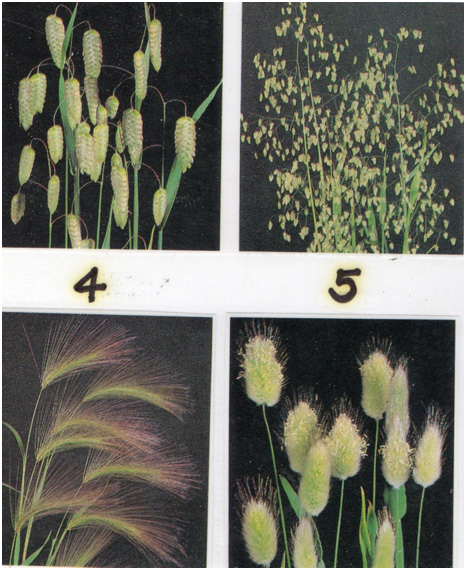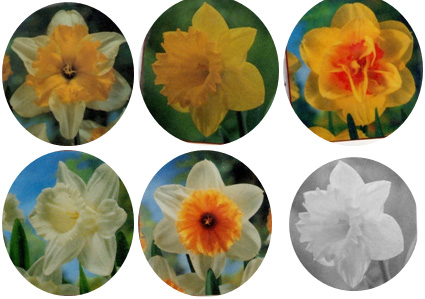A presentation of our thoughts, ideas, information and social communication is normally in a symbolic spoken language as spoken sounds (strong dialects can change our auditory language so profoundly that it may seem like learning a different language).However, our spoken language can be successfully communicated through its written form:
Written language can be presented in either capitals or lower case letters

As printed text (as above )or:-

This provides four different formats for the visual presentation of our spoken language as letters and words. E.g. HANDWRITING handwritinghandwritinghandwriting
Letters and words can also be presented as a sign language for the deaf, as Morse code (dots and dashes), as brail (patterns of raised dots used by the blind) or as Helen Keller learnt it, as fine movements that illustrate letter shapes and words which can be perceived through the skin’s sense of touch. Touch typists learn to present our language through accurate movements that press the keys so fast that a recall of visual or auditory language is by passed and transcribed into very fast automated sequences of movement.
Interpreting 2D communication.
During the early years we gain our initial understanding of the 3D world of objects, vibrational sounds and spoken language. Later we develop an understanding of visual representation and 2D communication.
The rules for comprehension of our 3D world are not the same as the rules for comprehension of the 2D symbolic representation. For example literacy and numeracy skills do not require that we relate to specific aesthetic qualities of presentation.

Visual Perceptual Skills
When matching pictures of grasses many aesthetic qualities can help but the determining factors are based on the subtle qualities of uniformity seen in the lines related to shape.

Plant recognition depends upon these same perceptual skills of uniformity; outdoor activities related to leaves, seeds and bark patterns are all teaching the skills required to match and identify a collective of uniformity rather than exact replication. The leaves of the beech tree may be seen to change in colour, size and shape with the seasons but the tree is always a beech tree and all the different individual leaves are recognisable as beech leaves.
Activities that involve matching coloured pictures with an identical picture in black and white demand that the players relate to the basic form in the lines rather than colour and aesthetic enhancements. For example which of the following coloured pictures is an exact copy of the black and white copy at the bottom of the page:-

Perceptual skills related to careful observation of detail, in particular:-
- those details that are the same
- and those that a different,
are key to formal literacy and numeracy skills. For example a andd are the same shape but the d has a tall stroke on the right hand side while a has a short stroke. b and d are the same except that b has the tall stroke on the left and d has the tall stroke on the right; cat and bat have the same last two letters while three is the same as tree but it has an extra letter h after the t; wasand saware the same! But one starts with the w and the other starts with the s or vice versa depending whether you go from left to right or right to left.
3D objects, a ball for example, are the same in all positions, a table is still a table when viewed from above or at a different angle. Even upside down trees are still trees.

Similarly, some of our letter shapes do not change if the orientation is changed through the right angles from 0 to 360 degrees.
However, the illustration below shows that most letter shapes in our alphabet are subject to specified orientation.

In spite of the importance of correct orientation many words can be read correctly from any orientation once the person knows what the word says when in its correct position. Thus, the sequencing of letters into specified patterns is also critical within our written language.

In order to write down spoken communication one needs to be able to recall the correct orientation and sequence of letters within each word. This illustrates how our reading and writing and spelling skills are interrelated one unto the other. Auditory visual integration is essential to all three skills and hand eye co-ordination is also essential to writing. Visual perceptual skills are fundamental to our recognition of letters, letter sequences and words.

